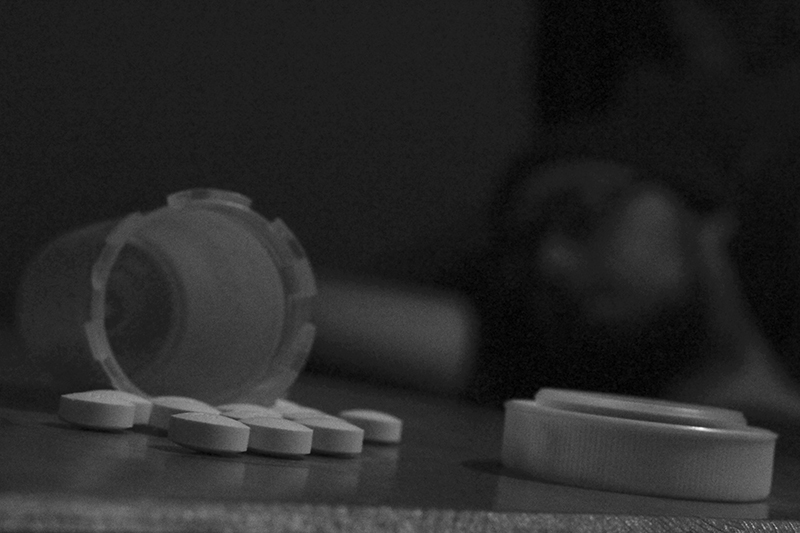
The Canadian Association for Suicide Prevention lists self-harm, isolation and aggressive or violent acts as major warning signs of suicidal thoughts or tendencies.
The Department of Health and Human Services says drug and alcohol overdoses make up 75 per cent of suicide deaths.
According to the World Health Organization, around 800,000 people commit suicide every year or one person every 40 seconds.
Last month marked the 12th annual World Suicide Prevention Day, recognized Sept. 10.
The International Association for Suicide Prevention and the World Health Organization started WSPD with the goal to help people recognize warning signs, erase stigma, bring awareness to the issue of suicide taboo and ultimately reduce suicides globally.
The WHO and the IASP have encouraged the world to develop national suicide prevention strategies that would help implement and review policies.
This initiative led to the creation of the Canadian Association of Suicide Prevention and a suicide prevention strategy called The Blue Print.
Within this strategy, the CASP expanded the fundamentals provided by the WHO by supplying information about postvention.
Postvention is the skills and strategies involved in taking care of yourself or helping another person heal after the experience of suicidal thoughts, attempts or death of a loved one.
Former U of L student Alexis Webster feels students should be aware.
“After the initial devastation there needs to be more open support instead of seeing it as a taboo that no one can really talk about,” she said.
Last year, Webster had lost a very close friend of hers from an overdose. Due to her friend’s history of mental illness, it had been speculated that their death might not have been accidental.
In the WHO’s first report on suicide prevention from September 2014, they say that the taboo and stigma of mental disorders stop people from receiving proper treatment.
However, it fails to mention the possibility that some people may not seek treatment because of the cost of medications.
Low-income Canadians who can’t manage to pay for health insurance, can see prices of prescriptions range anywhere between a couple dollars to a few hundred for just one month of medicine.
Being unable to find money for treatment is something that Lethbridge NDP candidate, Cheryl Meheden, finds to be insufficient in supplying all Canadian’s with proper healthcare.
“If people can’t afford drugs or people can’t take them because of a cost issue then you end up with an unhealthy population that will cost the healthcare system even more money,” said Meheden. “From that perspective I think drug costs are out of line, particularly for low-income people.”
While the WHO, IASP and CASP share information and strategies on suicide prevention; there is a Canadian society that supports a different kind of suicide.
Dying with Dignity is a national organization that advocates for the right of those who are suffering from irremediable medical conditions to choose how and when they die.
Unlike suicide, physician-assisted suicide is done under the supervision of a medical professional and former Vice Chairman of Dying with Dignity, John Warren, explains there’s an extreme distinction between these two practices.
“There’s a world of difference, self-suicide is a violent act committed by mentally unstable or very depressed people and often during the early years of life,” said Warren.
According to CASP approximately 11 people commit suicide every day in Canada, if you need help and want to find the nearest crisis centre or want more information visit www.suicideprevention.ca.

